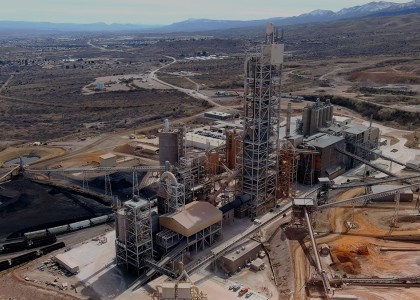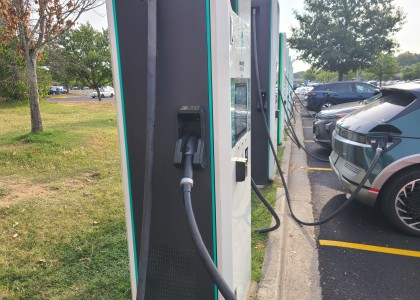A summary of ACEEE’s work with Lansing, Michigan, through the U.S. Department of Transportation Thriving Communities Technical Assistance Program.
View additional case studies:
Lima, Ohio | St. Louis County, Missouri | Sumter, South Carolina
Learn more about ACEEE as Capacity Builder for U.S. Department of Transportation Thriving Communities Program
The Thriving Communities Program
The Thriving Communities Program (TCP), a U.S. Department of Transportation (USDOT) technical assistance initiative, is designed to support under-resourced communities in overcoming barriers to planning, funding, and implementing projects and initiatives that will expand affordable transportation options, reduce pollution, improve public health, support job creation, and achieve other community goals. Communities were selected to participate through a competitive application process. ACEEE was selected as part of a capacity builder team to provide technical assistance and worked closely with four communities across 2023–2025.
An overview of Lansing, Michigan
The City of Lansing, Michigan, along with the Lansing Economic Development Corporation and Southwest Action Group, applied to participate in TCP to improve pedestrian safety and economic development in Southwest Lansing. In the 1960s, the construction of Interstate 496 displaced hundreds of Black families who, due to redlining restrictions, ended up living in public housing in this part of the city. Disinvestment in the area resulted in the economic deterioration of Southwest Lansing. Today, 46% of households in Southwest Lansing are classified as low-income, and the majority of the community is lacking critical services such as access to grocery stores.1
A major roadway that connects the neighborhood with downtown, South Martin Luther King Jr Boulevard (S MLK Jr. Blvd.), presents safety challenges for pedestrians who need to cross it—based on data analyzed by ACEEE, 29% of the fatal pedestrian crashes in Lansing between 2014 and 2023 occurred on this corridor. Despite these challenges, Southwest Lansing is supported by a strong network of community organizations actively involved in strengthening their neighborhood.
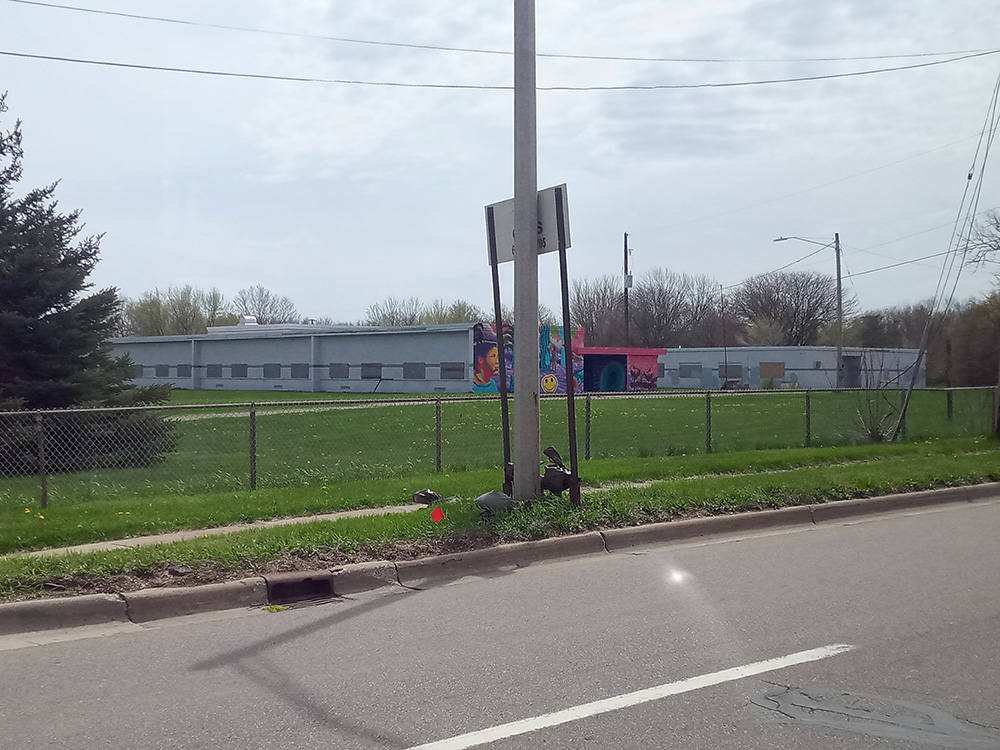
Above: The former Maple Grove Elementary School, which sits on S MLK Jr. Blvd. The school closed in 2005 and was purchased by Kingdom Life Church several years later. The church hopes to convert the derelict building into a community center with spaces for much-needed services, such as dental clinics. Photo by Christi Nakajima, ACEEE.
TCP initiatives
Throughout the needs assessment and early stages of TCP, the City of Lansing noted an interest in improving safety on S MLK Jr. Blvd., strengthening public engagement processes and public sector coordination on transportation projects, and supporting Southwest Lansing’s small business community. ACEEE developed customized technical assistance materials and engaged in biweekly coordination calls with the Lansing TCP team over the 20-month program to support local leaders in building new capacity in these areas.
Key takeaways and insights
|
- Erin Buitendorp, community development manager, City of Lansing
Identifying safety improvements for S MLK Jr. Blvd.
In 2023, the City of Lansing was awarded a FY23 Safe Streets for All (SS4A) discretionary grant by USDOT to develop a safety action plan. The plan’s goal is to eliminate roadway deaths. It will use data and community input to identify where the most pressing traffic safety issues occur and develop strategies to mitigate them. After a round of edits based on community input, the plan is expected to be adopted by the Lansing City Council in summer 2025.
To support the development of projects for S MLK Jr. Blvd., ACEEE analyzed crashes involving pedestrians and bicyclists on the roadway from 2014 to 2023. With five lanes, a speed limit of 45 mph, and traffic signals that are nearly a mile apart in some areas, S MLK Jr. Blvd. is a dangerous road for pedestrians and bicyclists to cross. In addition to finding that 29% of the city’s fatal pedestrian crashes occur on this corridor, we found that over half of serious or fatal bike and pedestrian crashes occurred after dark. We identified three crash hotspots and developed potential safety countermeasures for these hotspots, as well as countermeasures to apply along the corridor.
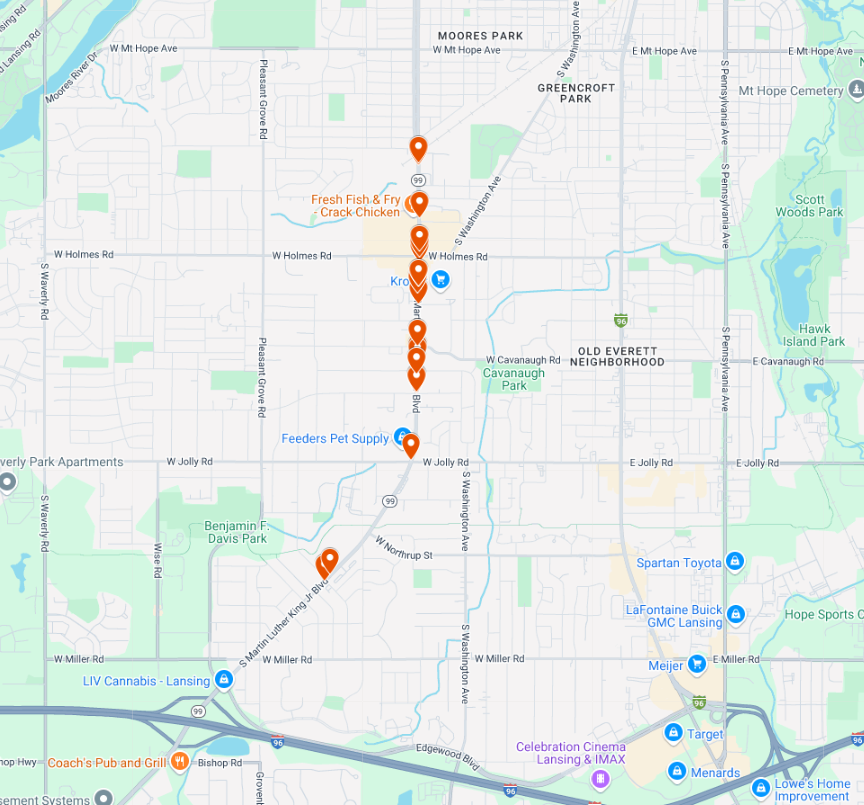
Above: Map showing the 20 crashes involving a serious or fatal injury of a pedestrian or bicyclist along S MLK Jr. Blvd. between 2014 and 2023.
We brought our findings and recommendations to the South Martin Luther King Jr. Blvd. Corridor Improvement Authority board meeting and received input from the board, which is largely composed of small business owners along the road, and other attendees. We also worked with the Michigan Department of Transportation (MDOT), the roadway owner, to better understand the different processes for implementing these countermeasures and discuss funding opportunities. ACEEE collaborated with community-based organizations to draft public comments for the safety action plan that incorporated these suggested improvements. Looking forward, Lansing intends to apply for a future infrastructure grant to obtain funding to implement safety projects.
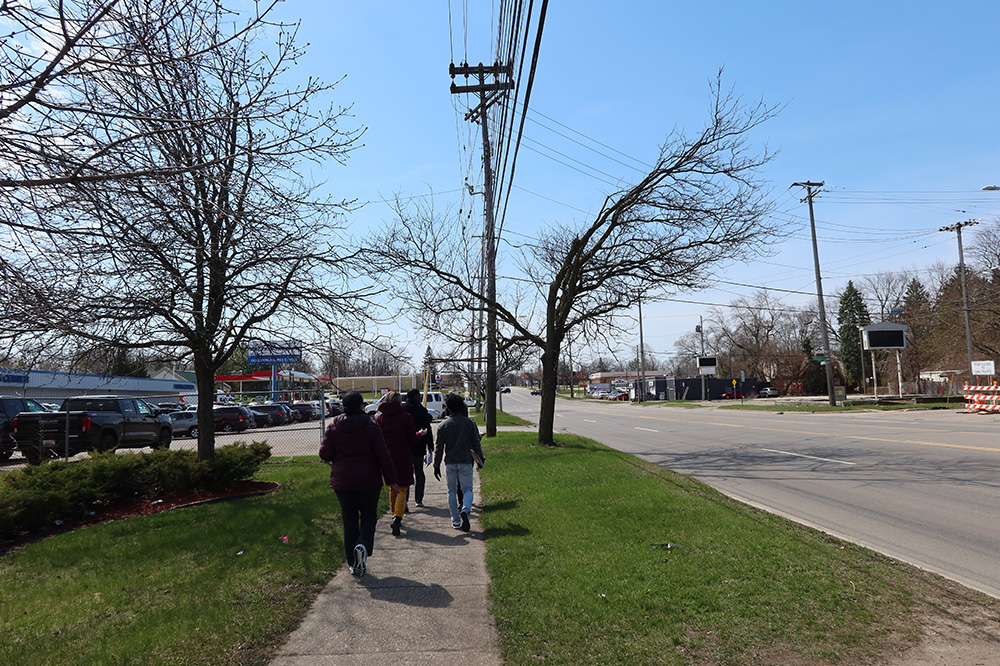
Above: Community partners walking along S MLK Jr. Blvd. as they complete a walk audit led by capacity builders. Photo by Christi Nakajima, ACEEE.
Improving coordination between public sector agencies
Two primary requests from the City of Lansing and other key partners were for support on improving coordination and communication in the project planning process and expanding current community engagement processes to reach a wider audience. Across several meetings, ACEEE and other partner organizations in TCP (“capacity builders”) learned about existing processes and the challenges, such as limited capacity, faced by many partners.
One of these meetings took place in person, with capacity builders convening staff from three city departments, MDOT, the Tri-County Regional Planning Commission, and the Lansing Economic Development Corporation. They discussed the challenges facing S MLK Jr. Blvd. and upcoming plans and projects affecting the corridor. We also met with several community-based organizations in Southwest Lansing to learn more about their challenges and how they would like to engage with public projects.
Capacity builders ultimately developed a set of six recommendations to improve stakeholder coordination and community engagement. One recommendation was to host quarterly meetings with the relevant city departments and public sector agencies involved in transportation planning and project implementation. During these meetings, each stakeholder will provide an update on a project or plan that is underway, or will soon be kicking off, and share any requests for existing resources that others may have that could support the effort. We recommended that the agency hosting these quarterly meetings rotate every four meetings, to avoid overburdening any one agency.
Capacity builders supported local partners in implementing these recommendations by facilitating the first quarterly meeting in April 2025. We also presented these recommendations to Mayor Andy Schor, who supported our recommendations relating to cross-departmental coordination and decided to institute his own collaborative process for community engagement that impacts all of the city government’s public engagement initiatives—not just transportation-related engagement.
Supporting small businesses in Southwest Lansing
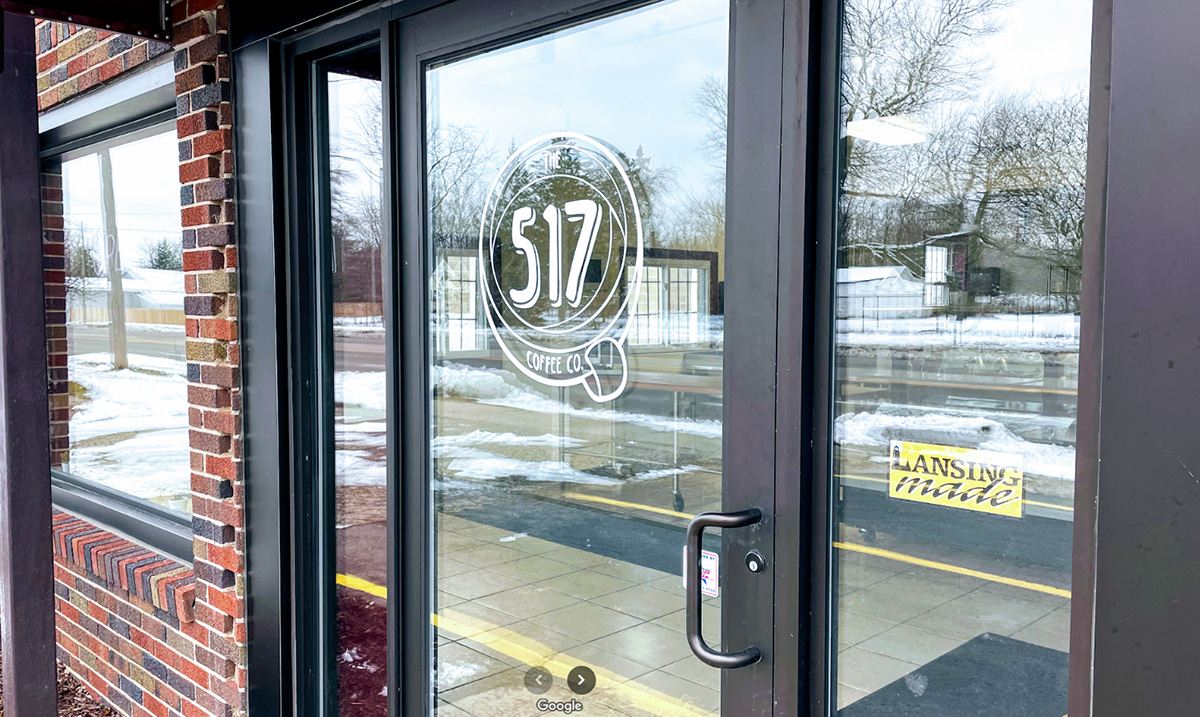
Above: The entrance to 517 Coffee, one of the local businesses participating in the program offered by Opsidia, a small business consulting firm in Lansing. Credit: 517 Coffee.
The Southwest Lansing community has a strong entrepreneurial spirit. This is exemplified by the South Lansing Farmers Market, which brings dozens of small businesses together each summer and fall to promote their goods and services. Supporting these businesses was one of the requests we received from key partners.
With funding through TCP, capacity builders hired a small business consulting firm, Opsidia, to provide business development classes for Southwest Lansing entrepreneurs. These classes cover essential content, including streamlining operations, strengthening marketing, complying with legal requirements, and more. The program also offers one-on-one coaching for participants. Of the businesses that applied to participate, nine qualified based on geographic and other criteria and were accepted into the program. These businesses provide products and services ranging from coffee to networking events to event rentals. Participants will not only gain access to classes and coaching, but also to a network of Opsidia alumni, which will open the doors for future partnerships and mentorship.
Summary of impact
After participating in the Thriving Communities Program, the City of Lansing and local partners are better equipped to leverage existing relationships and resources to deliver transformative projects. With ACEEE’s support, staff from various public agencies are positioned to continue meeting regularly to coordinate on ongoing projects, initiatives, and public engagement activities. The usage of direct funding through TCP also positioned small businesses in Southwest Lansing to overcome the challenges they face and achieve sustainable business models. Finally, data analysis and research completed by ACEEE supported the Lansing Safety Action Plan, which will serve as a guide for improvements to high-injury corridors like S MLK Jr. Blvd.
1 U.S. EPA’s Environmental Justice Screening and Mapping Tool (EJScreen). Data were accessed by ACEEE in December 2023, before this tool was removed from EPA’s website in February 2025. A reconstruction of the tool can be found here: https://screening-tools.com/epa-ejscreen


